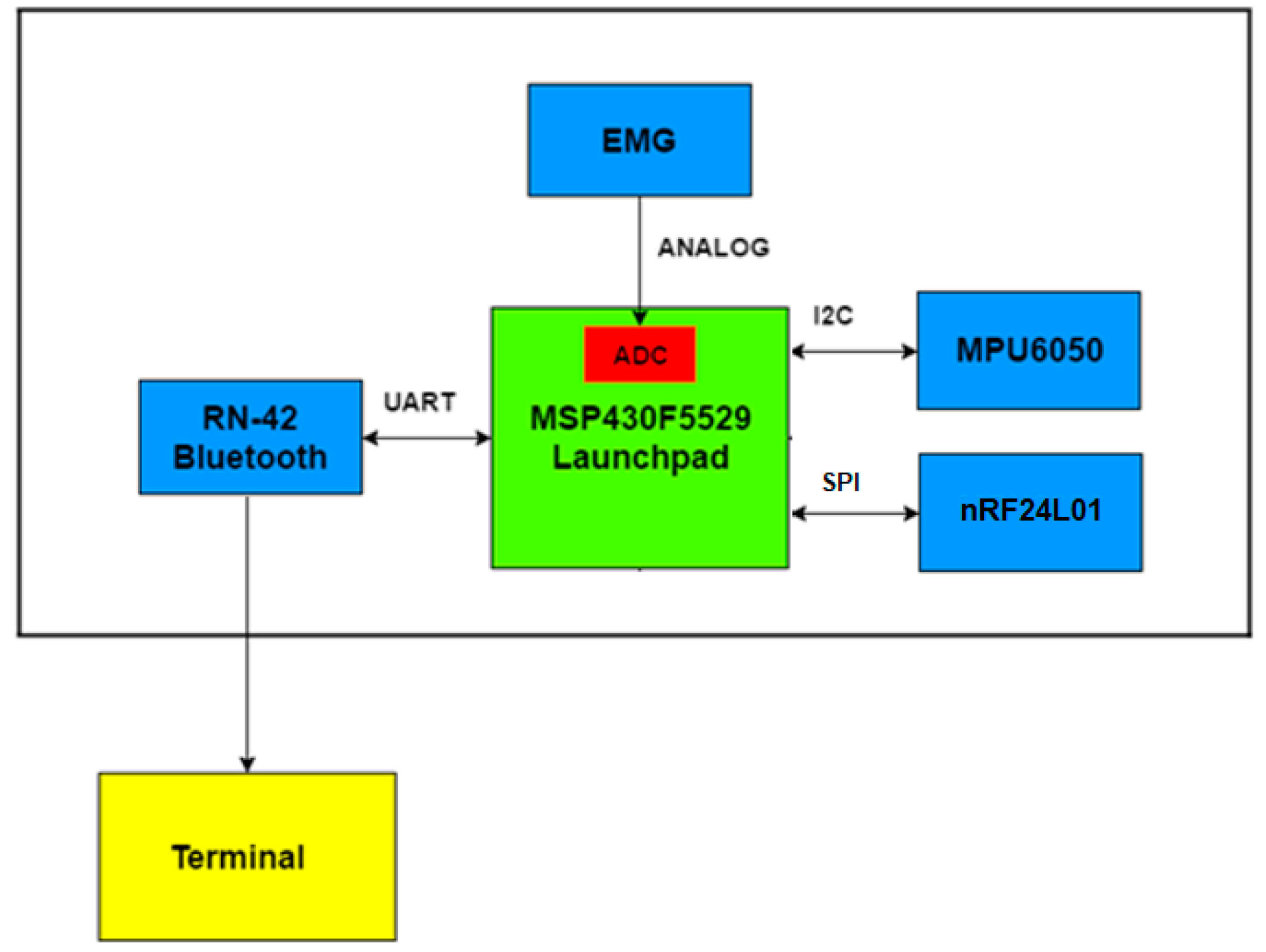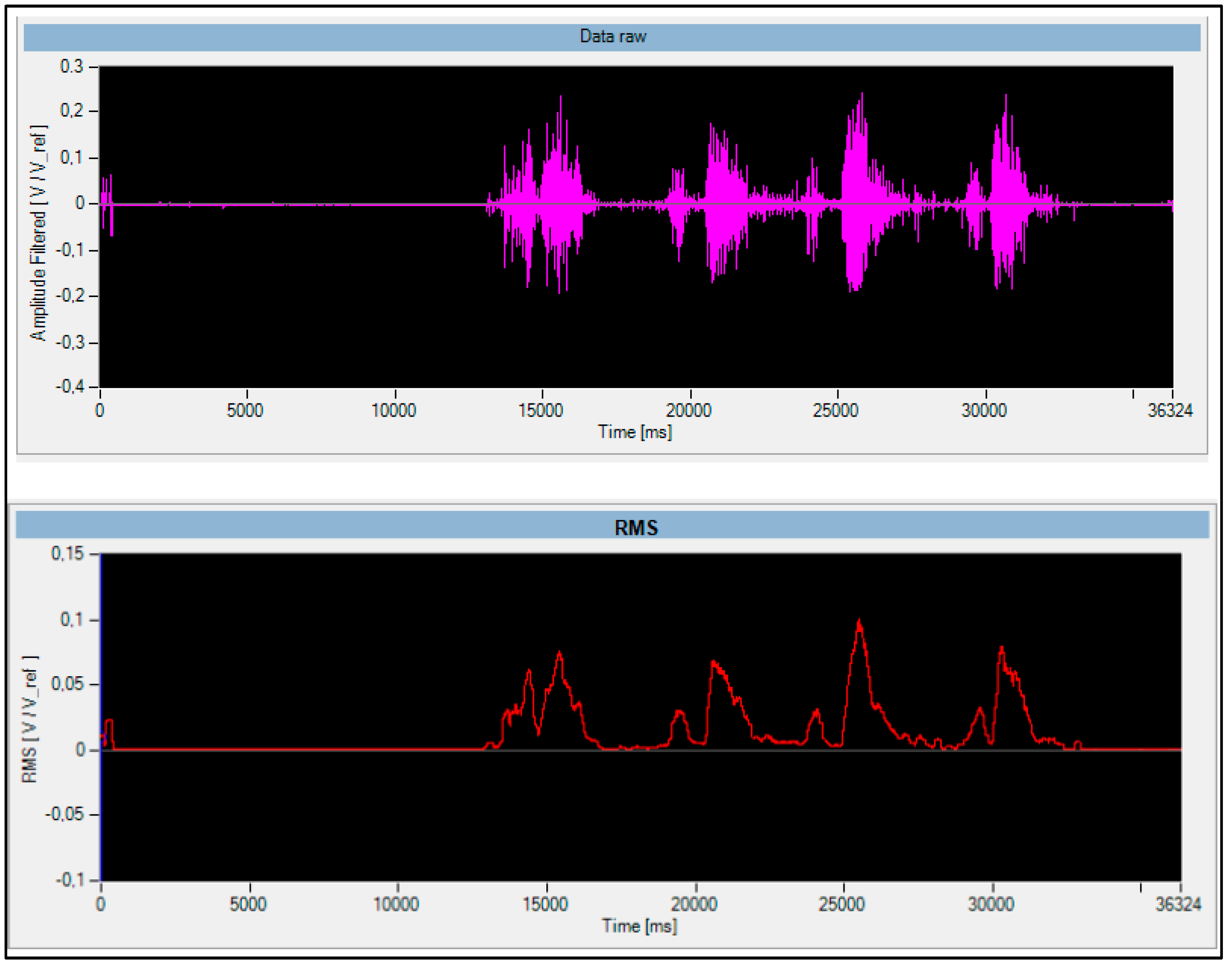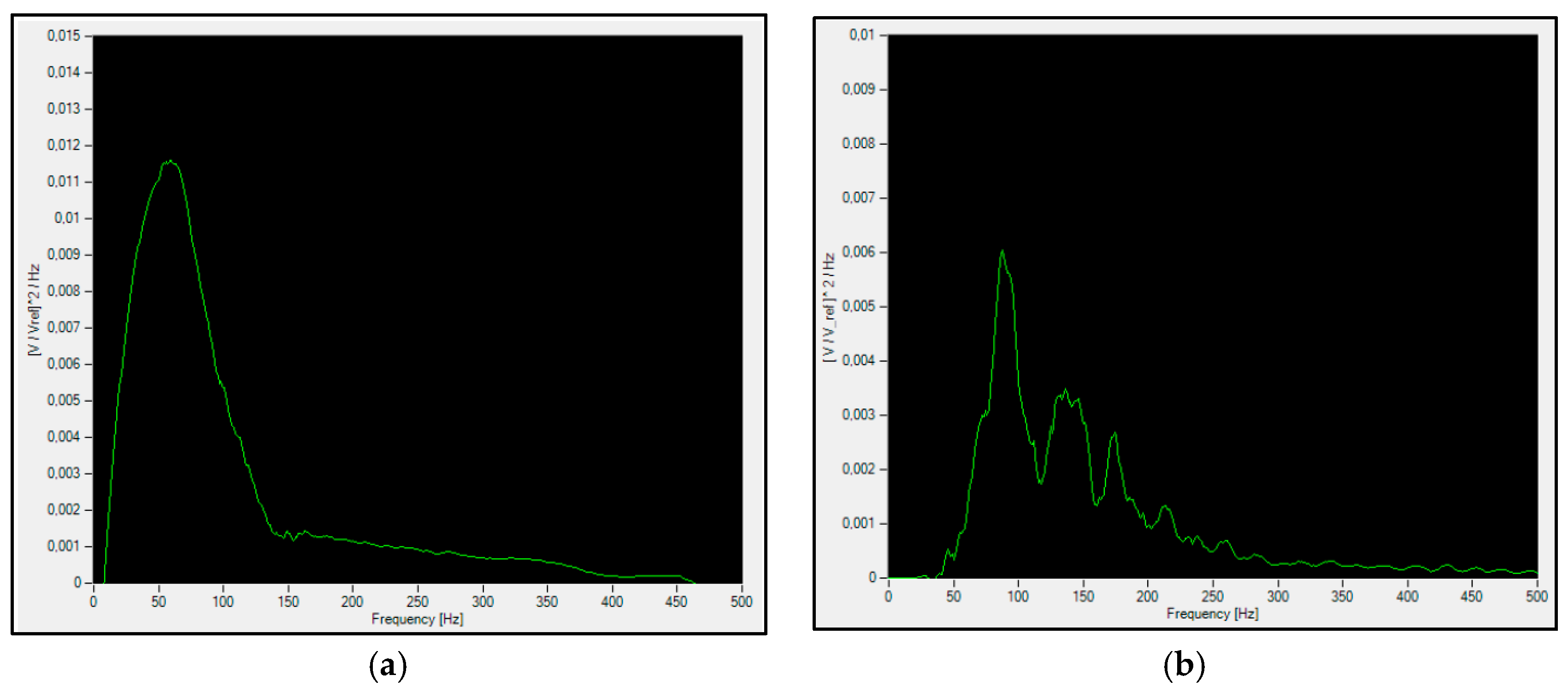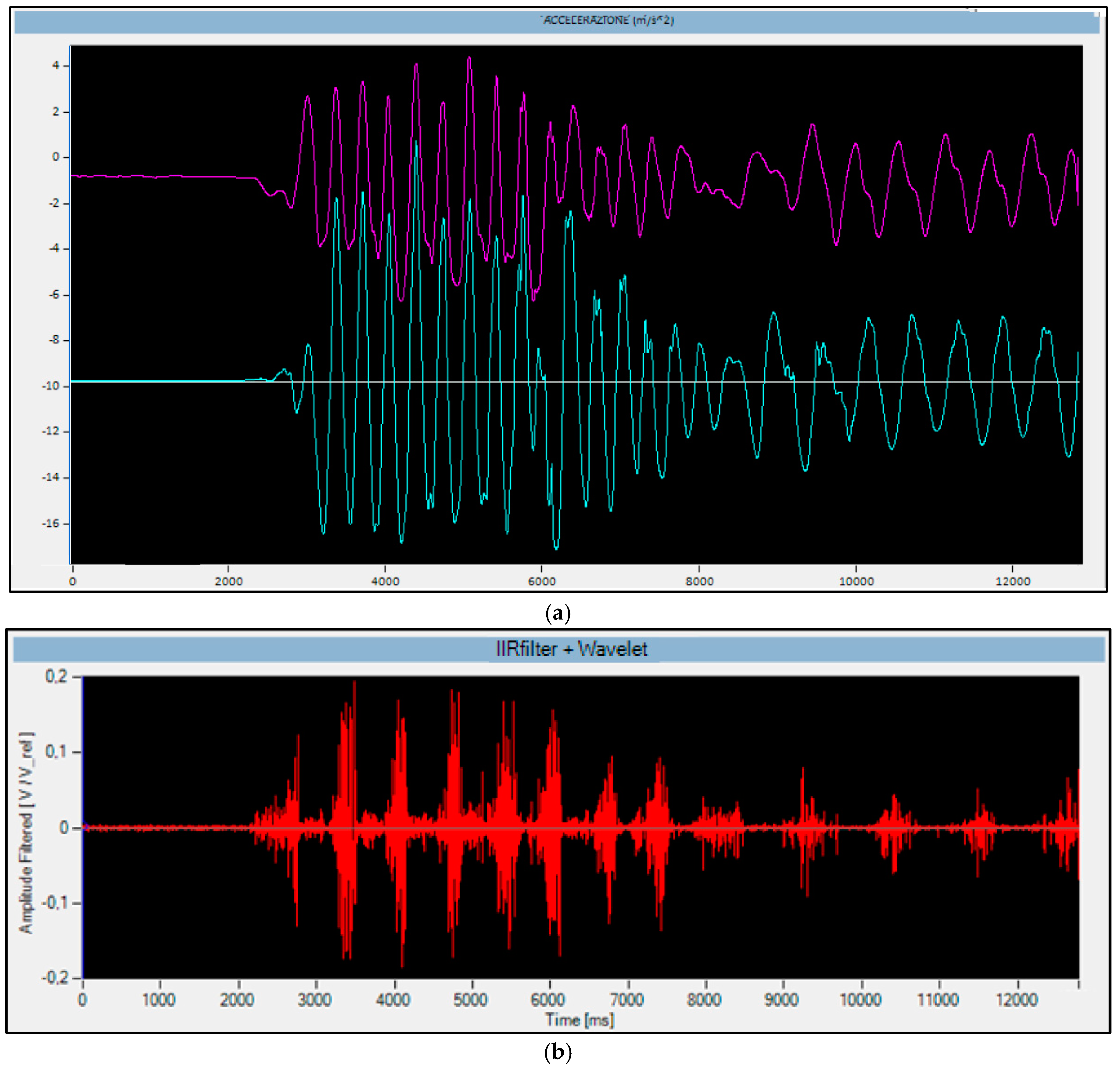1. Introduction
Monitoring sport performance and assess the muscle capacity it has always been a goal that has involved coaches and sports scientists. Moreover, the assessment of neuromuscular behavior and metabolic demands of performance is of extreme relevance and interest in the sport and rehabilitation field. The physical characteristics are dependent from several factors, including structure and function of the nervous system, structure and biochemical profile of skeletal muscle, mechanics of the joints and levers, and external mechanics. Each of these components has its specific influence on a given performance trait, but more important, they are all interdependent. Their proper integrative function for neuromuscular performance is of great relevance. Therefore, the development and refinement of valid reliable tests of muscular function are one of the pillars upon which training methods and rehabilitation of sport injures are based. In this context, sport devices followed strictly the technological progress of each time period ranging from simple mechanical instruments to integrated electronic devices, evolved according to the most current updates in terms of hardware and software. From biomechanical point of view, to determine kinematic parameters in motor performance, as jump abilities, was introduced wireless contact mat [
1] and wearable wireless accelerometers synchronized with gyroscope [
2,
3,
4]. The latest is able to overcome the limitations of laboratory conditions test without provide any information about the neuromuscular activity. In this context, wearable and non-encumbrance DAQ (Digital Acquisition) systems can provide useful information for the evaluation and analysis of the sport performance. In particular, this paper presents a wireless data logger system composed of a multichannel sEMG (surface Electromyography) system synchronized with an Inertial Measurement Unit (IMU) and its effectiveness to assess the kinematic parameters of run performance.
2. System Description
The proposed system is a multichannel wearable data logger. It is based on the MSP430F5529 microcontroller (Texas Instruments): an ultra-low-power device optimized to achieve extended battery life in portable measurement applications. It is a 16-bit RISC CPU, 16-bit register that works up to 25-MHz System Clock. Moreover, it also has a 10 kB of SRAM and 128 kB of Flash Memory. The microcontroller is connected to an IMU (Inertial Movement Units) MPU60650 (TDK—Invensense), a Bluetooth 2.0 module (RN-42—Microchip) and to a couple of sEMG (surface Electromyography) sensors (a block scheme is shown in
Figure 1). The microcontroller performs the synchronized acquisition of the signals from the IMU (at 100 Hz sample rate) and from the sEMG channels sampling them (1 kHz sample rate) by using the 12-bit ADC (Analog to Digital Converter) available inside the microcontroller.
The IMU (MPU6050) is a 6DOF (Degree of Fredoom) device that combines a 3-axis gyroscope and a 3-axis accelerometer on the same silicon die, together with an onboard Digital Motion Processor™. The device features a gyro full-scale range of ±250, ±500, ±1000, and ±2000°/s (dps) user selectable, and a user-programmable accelerometer full-scale range of ±2 g, ±4 g, ±8 g, and ±16 g. Its resolution ranges from 16384LSB/g (with an amax of ±2 g) and 2048LSB/ g (amax of ± 16/g). The measured angular speed can range from ± 125°/s to ± 2000°/s still user selectable with a sensitivity that ranges from 262.4 LSB/°/s (@ Gmax = ±125°/s) to 16.4 LSB/°/s (@ Gmax = ±2000°/s). The sMG front-end module is a circuit based on the INA326 instrumental amplifier (Texas Instruments) able to proper amplify and filter the sEMG signal (gain 600, CMMR 100 dB and pass band filter: 6–1500 Hz).
Finally, the Bluetooth module (RN-42) allows the transmission of the acquired data to a client terminal (PC, tablet or smartphone) for real-time analysis or downloaded, at the end of the training session, for an offline in-depth analysis. Moreover, an nRF24L01 (Nordic Semiconductor) 2.4 GHz transmission module allows the communication with other wireless sensors that can be connected to the multichannel DAQ.
A proper software has been developed for a real-time visualization of the acquired signal as well as an offline more accurate analysis. For this reason, the software has been also equipped with a set of proper denoising filter procedures (among the others averaging filters, LP-BP Butterworth or Chebyshev, Wavelet denoising, Savitzky-Golay, etc.) [
5,
6].
In
Figure 2 a detail of the software is presented. It is possible to observe in the upper window the acquired raw sEMG signal in a squat exercise. In the lower part of the figure is shown the relative RMS signal that was previously filtered with a wavelet algorithm [
7].
In particular, the user is able to set the type, the order and other the parameters of the filter he wants to apply as well as to select and magnifying parts of the acquisitions for a deeper analysis. Furthermore, the software has been equipped with an additional tool for the frequency analysis via FFT (Fast Fourier Transform [
8]). In
Figure 3 some examples of spectral analysis of the sEMG signal obtained by the data acquired in two different typology of exercises are depicted.
By this analysis, it is possible to identify, based on the position where is present the higher concentration of the spectral distribution (SD), the typology of the muscular fibers involved in the exercise. In particular, in
Figure 3a it is possible to measure a SD of about 70–75 Hz. This correctly points out as the muscular fibers mostly involved in the exercise are the slow fibers. On the contrary, because the SD appears shifted on left in
Figure 3b in a frequency that ranges from 100 Hz to 150 Hz, the analysis shows as the most involved muscular fibers are, in this case, fast fibers (as it occours in explodi).
3. Results
Some very preliminary tests have been performed on this DAQ system in some simple exercises and in a short distance (10 m) run performance. So, the presented results are only to intend for an assessment of the effectiveness and the potentiality of the system and not for an evaluation of the particular sporting gesture. The subject used in these tests was a healthy college-age man, physically active (he is a physical education student) and he had significant experience in explosive activities as jumping and run. A written informed consent was obtained from him after familiarization and explanation of the benefit and risks involved in the procedures adopted. The study was approved by the Ethical Committee of the School of Sports and Exercise Science—University of Rome “Tor Vergata”—Faculty of Medicine and Surgery. Moreover, all the tests were carried out in accordance with the Declaration of Helsinki.
In the test described in this paper, the subject worn the DAQ system (equipped with the IMU) on an elastic belt in the lumbar back area. This has been arranged in a proper way in order to avoid unwanted movements with respect to the center of mass of the subject.
In addition, to perform the sEMG analysis the signals by vastus lateralis (VL, 2/3 of the distal distance between the anterior spina iliaca superior and the lateral side of the patella). According to the SENIAMs recommendation [
9] was positioned on the preferred leg and recorded during vertical jump performance with bipolar surface electrodes (contact diameter = 11 mm, interelectrode, center-to-center, distance = 20 mm).
The surface electrodes connected with an amplifier fixed longitudinally over the muscle belly in a parallel arrangement over the pennation angle for the entire period of the experimental trials, from pre to post assessment test. Before the placement of the gel coated self-adhesive electrodes, the skin was shaved, washed with alcohol and abraded to prevent the cables from swinging and from causing movement artefacts.
The acquisition results in a short run performance are depicted in
Figure 4 where is it possible to observe the acceleration of the subject in both horizontal and vertical direction together with the sEMG of the vastus lateralis muscle.
The subject was asked to perform a short run of 8 stand phases at 50% of the maximum intensity.
In
Figure 4a are shown the waveforms of the accelerometer signals in the vertical direction (cyan) and front direction (purple) synchronously acquired together with the sEGM signal (shown in
Figure 4b). In particular, the first eight peaks (until t = 6 s) are relative to the stand phases performed by the subject, while the further peaks are due to the braking phase (t = 8 s) and to a walking phase in which the subject returned to the starting line. Moreover, from the sEMG waveform, it is possible to observe the muscle activation at the start of the race and the contacts during the run phase (higher intensity peaks).
Furthermore, a spectral analysis could provide, over a longer period run, interesting information about athlete muscular fatigue, comparable to the resulting decrease in flight time and measurable step frequency by an analysis of the accelerometer wave.
4. Conclusions
A wearable multichannel DAQ system suited for evaluate the performances in sport activity has been presented in this paper. The system is still in developing phase but the preliminary results that have been presented (few DAQ channels only) seem to be rather promising. The system, in its final configuration (i.e., with more sEMG channels or together with, for example, other kinematic sensors) could be a cheaper, unobtrusive and easy to use device that will allow the coaches to have data directly on the sport field.









